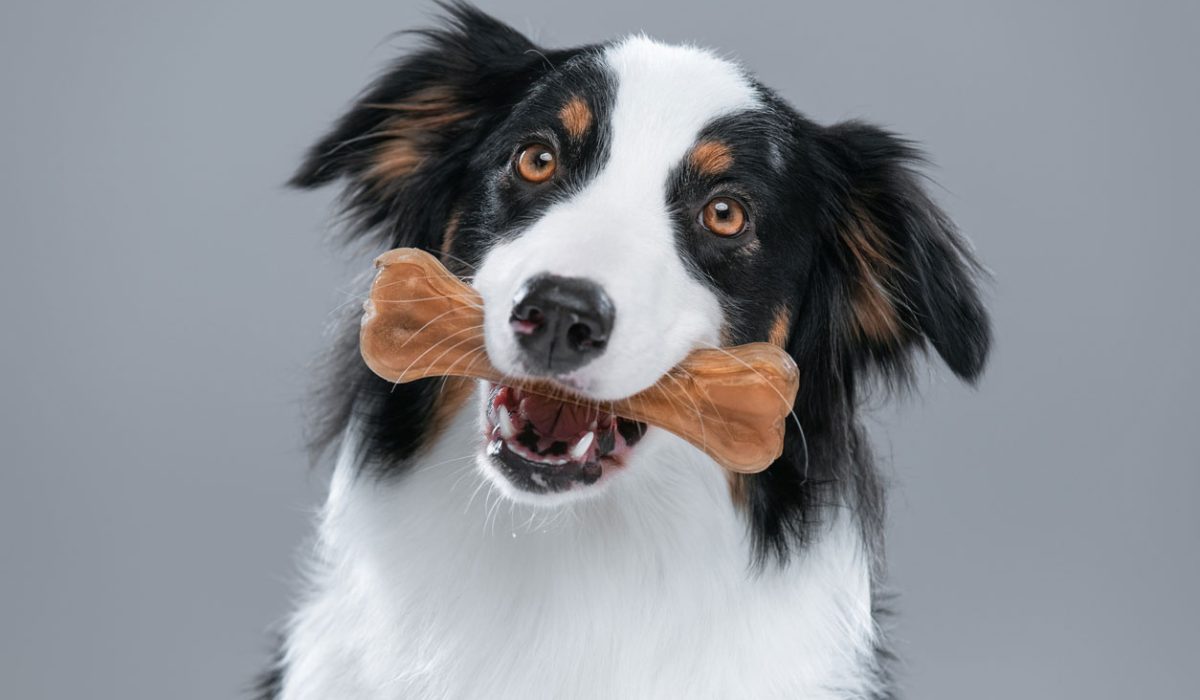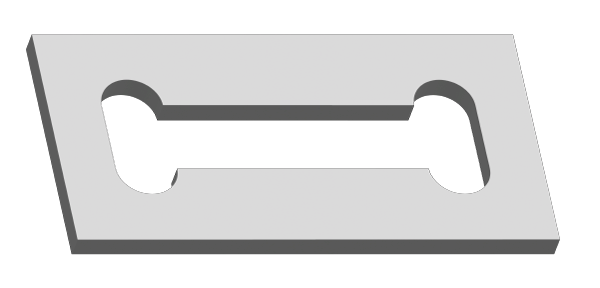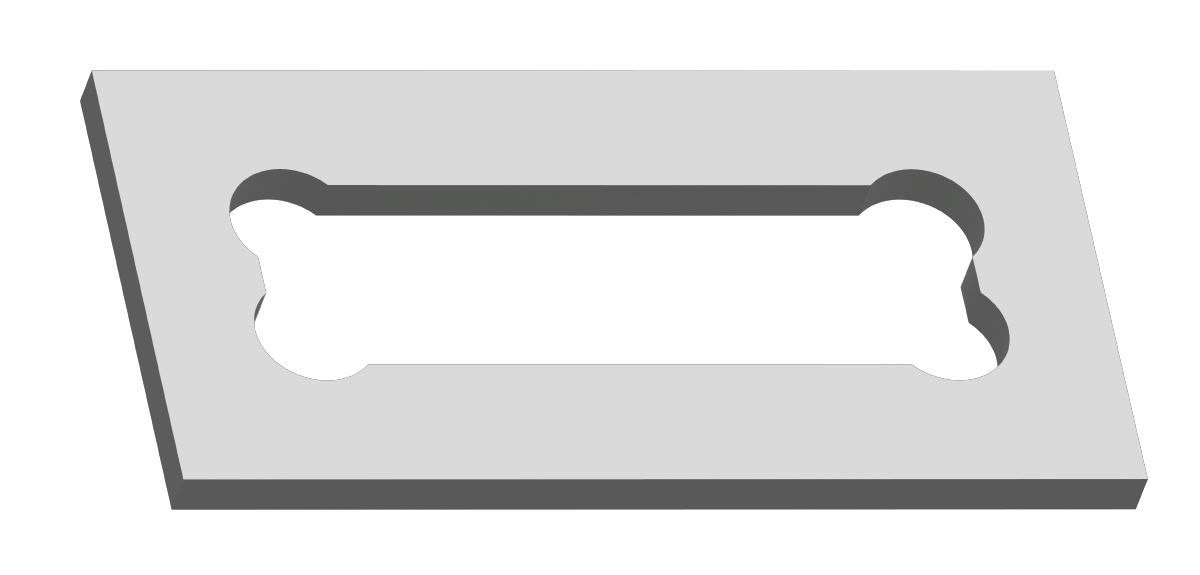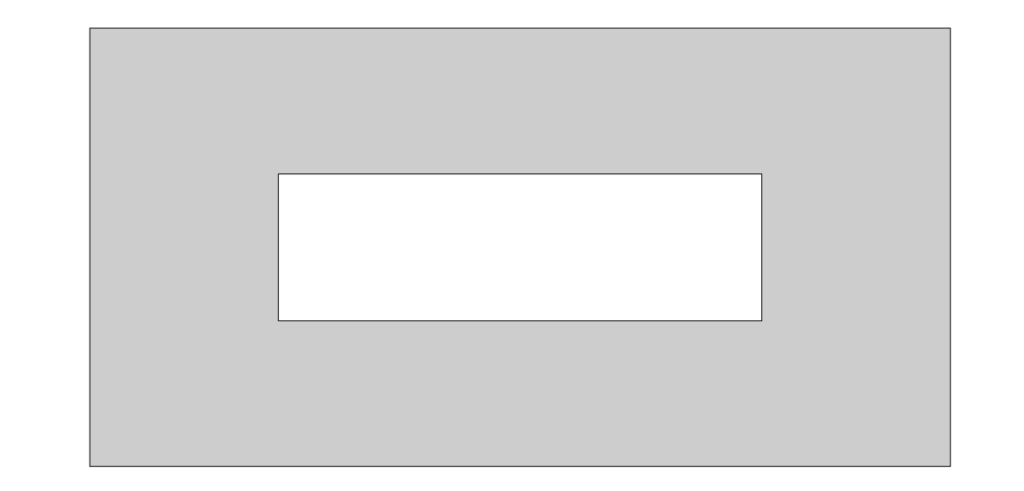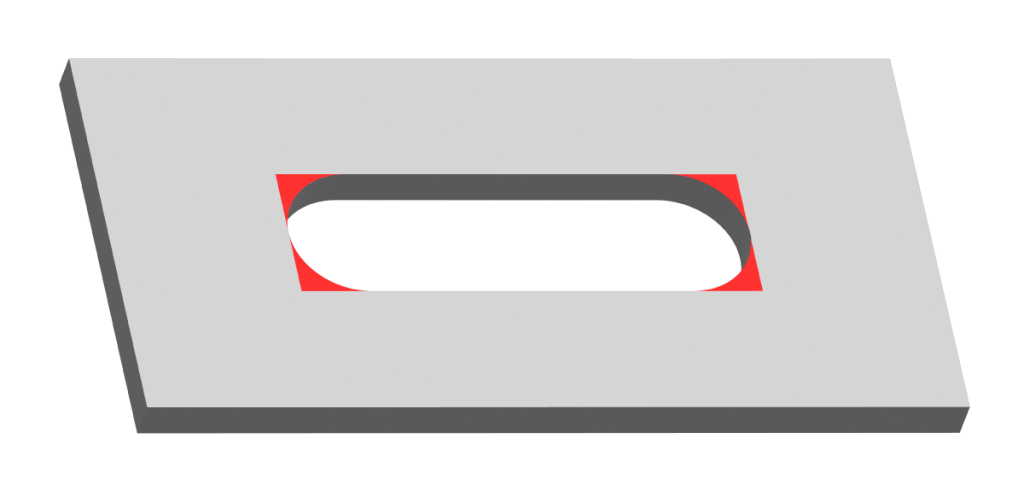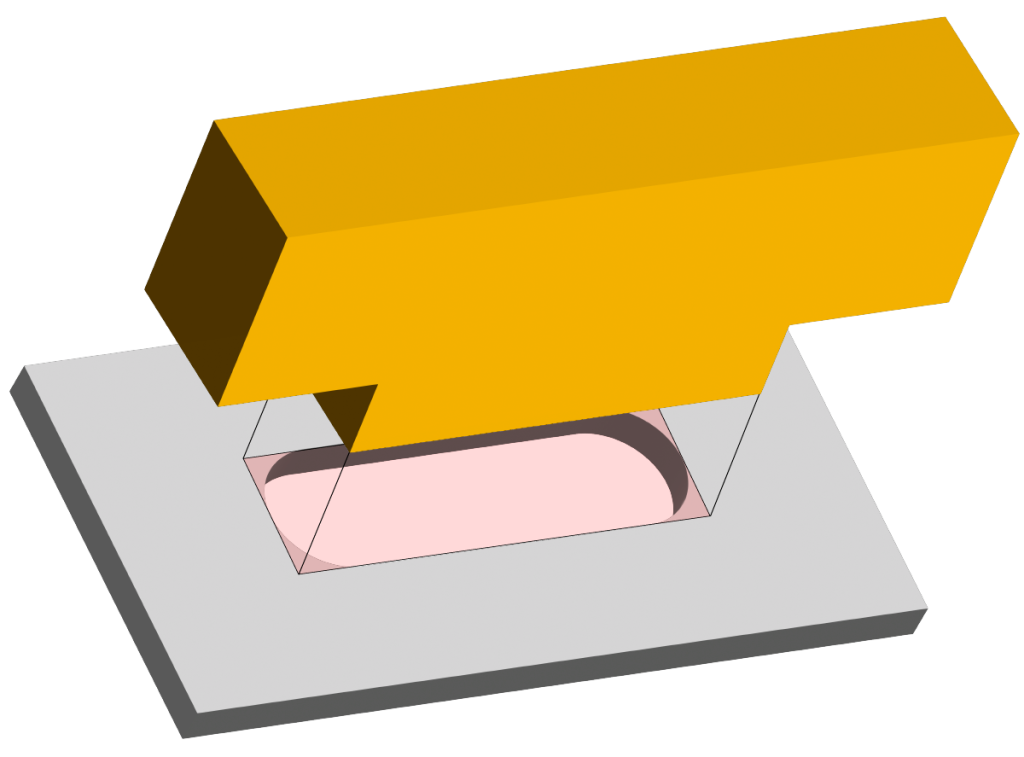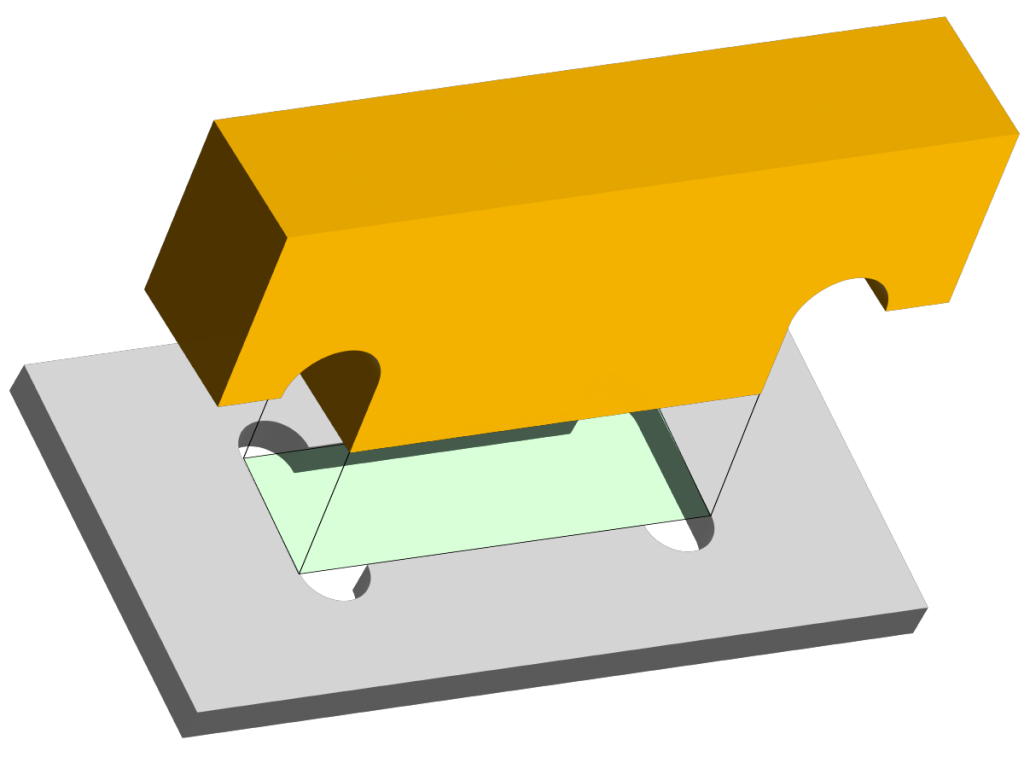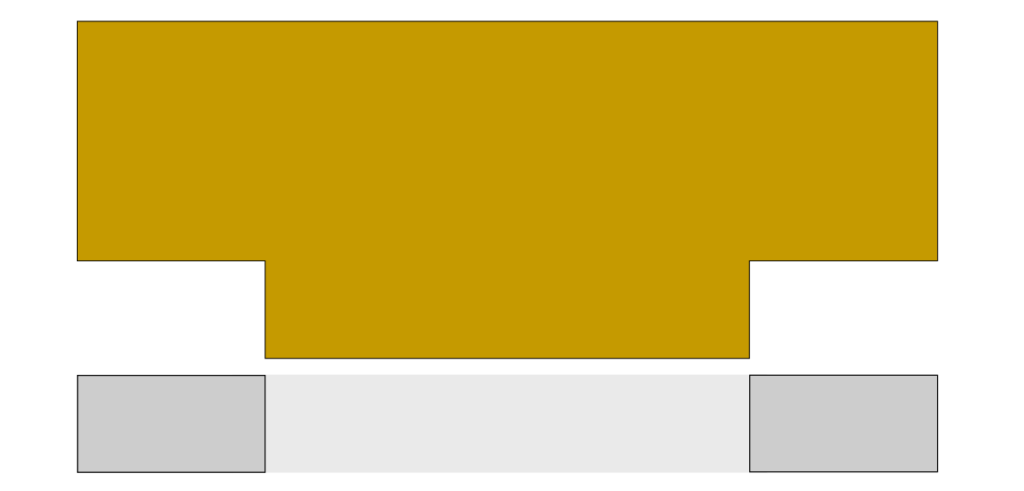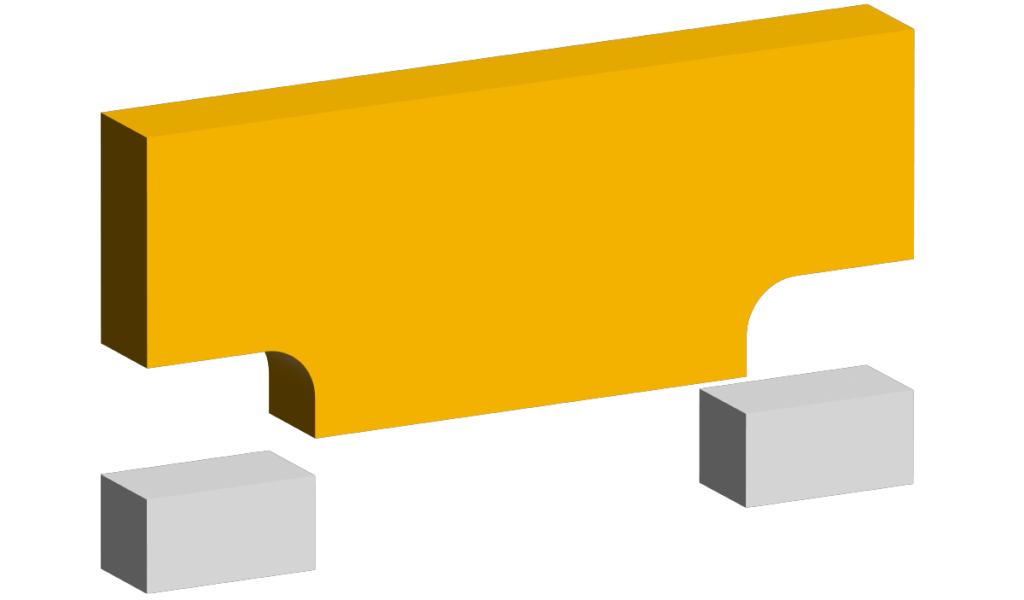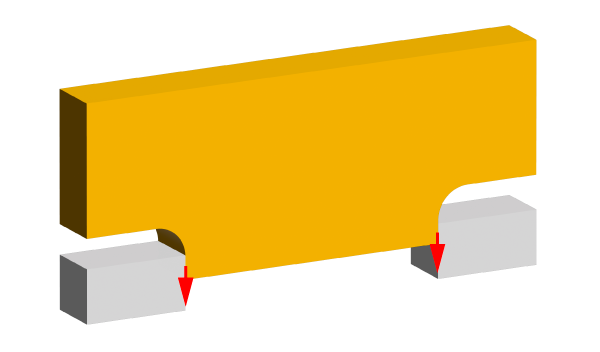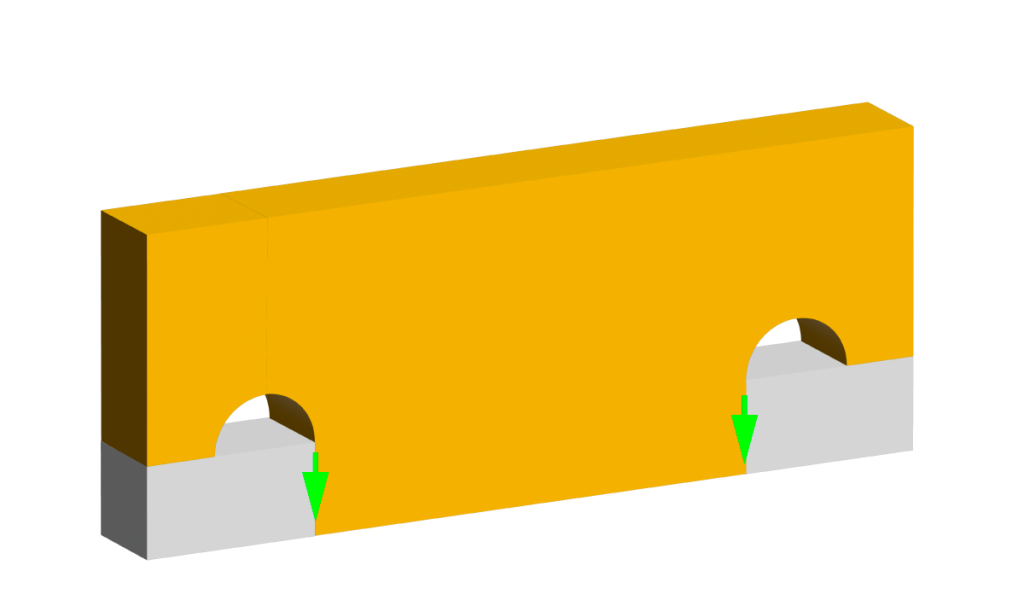In the CNC industry, Dogbones Fillets are a great way to allow vertical plates to be inserted into horizontal plates without out having to worry about the radius left from the cutter.
Depending on the thickness and size of the part will affect the size of the dogbones needed. When possible, its best to use a 0.8mm radius as this will help keep the machine time down. A small cutter such as a 0.5mm radius can be used but it will take more passes and a slower cut rate, which will increase the cost of the parts.
If you wish to not use dogbones when making slots for a vertical plate, you can also ensure that you get a better fit by making the slot longer then needed to allow for the radius of the inside corners. Although, this may make the part a bit more loose in the slot.
Types of Dogbones
Here are a couple great alternatives to the above dogbone. They works well when there is less room but they have one downside. On narrow slots, the material remaining at the ends of the slot are very small and may not hold properly. This is more suited for wider slots where more material can be left behind to hold the part.
